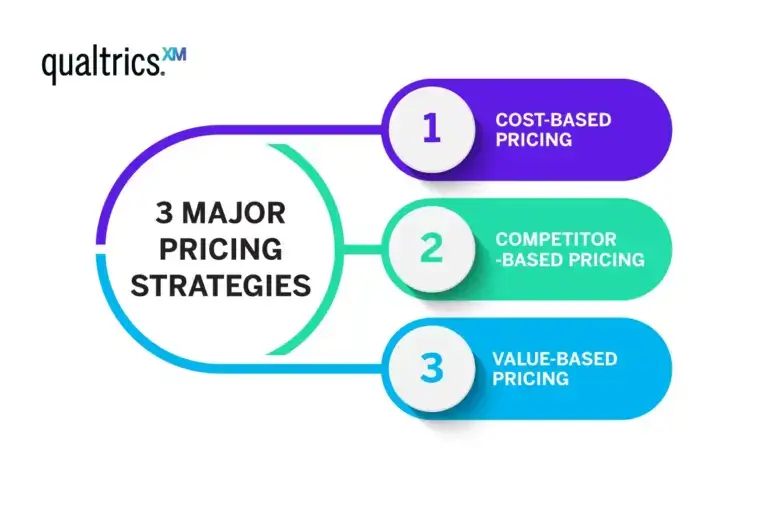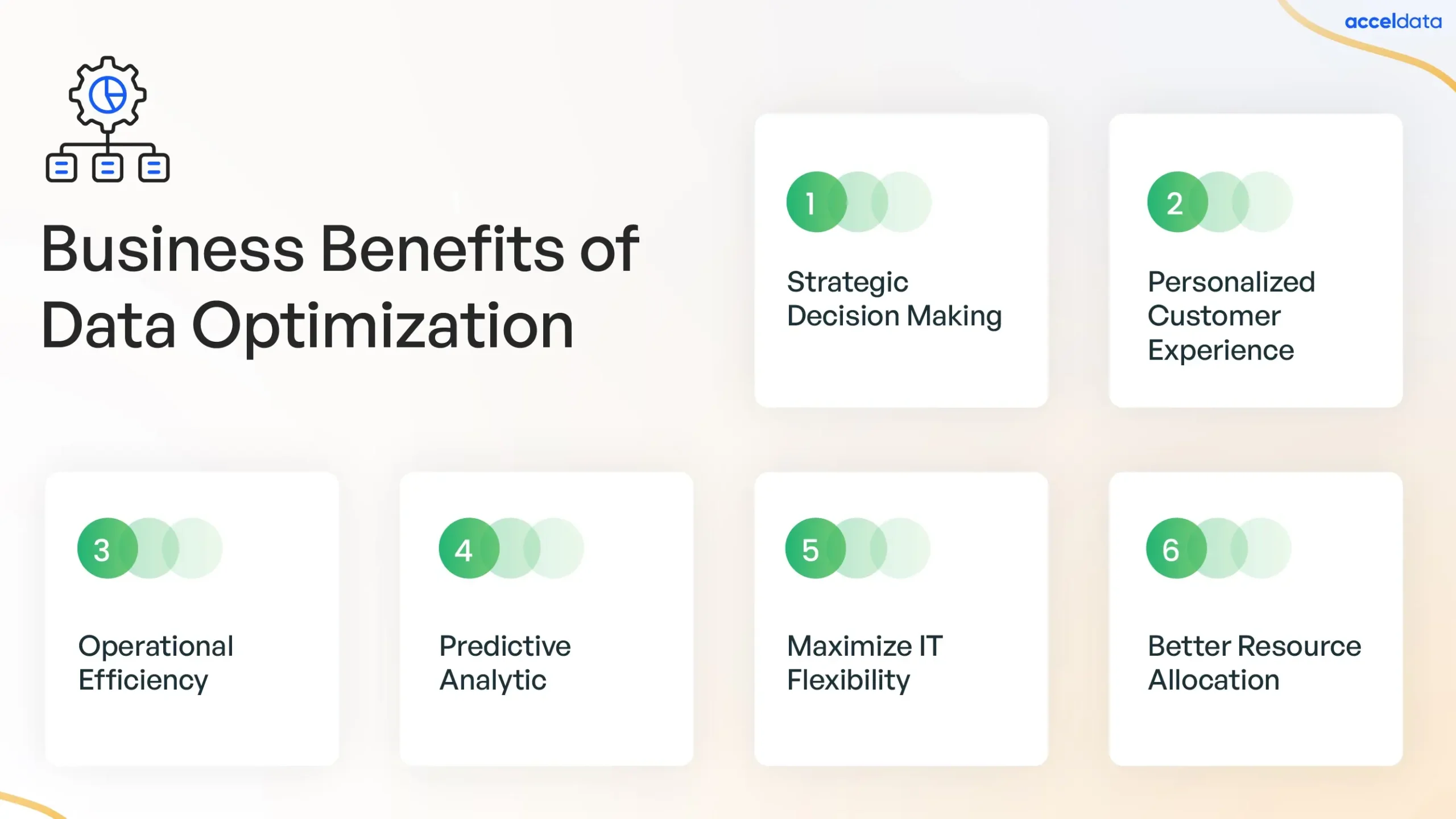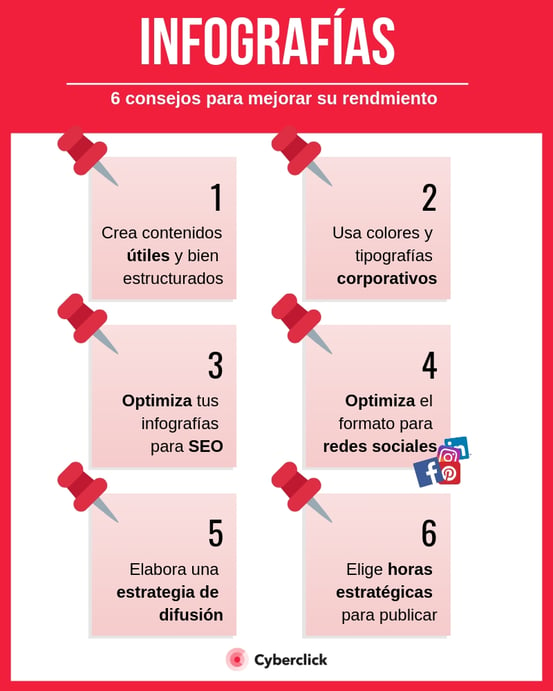In the world of business, pricing is more than just a number on a tag; it’s a complex strategy that can determine the success or failure of a product or service. The right price can not only cover costs but also convey value, attract customers, and ultimately drive profitability.
Understanding the nuances of pricing is vital for businesses looking to gain a competitive edge. In this article, we’ll delve into the importance of pricing within business strategies, explore common pricing models, and offer insights on how to choose the most effective pricing strategy for your business.
What is pricing?
Pricing is the process of determining what a company will receive in exchange for its goods or services. It is a critical component of the marketing mix and is often influenced by various internal and external factors, including production costs, competitive landscape, and perceived value by customers.
In essence, pricing is the method by which a business communicates the value of its product or service to the customer. It requires a thorough understanding of the market, the ability to gauge consumer demand, and the agility to respond to industry fluctuations.
Ultimately, effective pricing strategies can lead to increased customer satisfaction and significant business growth. It’s not just about finding a sweet spot; it’s about aligning your price point with your overall business objectives.

The importance of pricing in business strategy
Pricing is a primary element that defines the profitability of an enterprise. It directly affects the bottom line and can be the difference between a business thriving or merely surviving.
Moreover, pricing plays a pivotal role in market positioning. It’s a statement about where your product or service stands in comparison to the competition and what segment of the market you’re targeting.
Strategic pricing takes into account not just the cost to produce a product, but also the brand’s overall image, customer loyalty, and the overall market economics. It’s a balancing act that, when done correctly, contributes significantly to the success of a business.
How to conduct a pricing analysis?
- Research the market to understand the competitive landscape and consumer behavior.
- Calculate the total costs involved in producing your product or service.
- Identify the value proposition of your product or service to customers.
- Analyze historical sales data to understand price sensitivity.
- Utilize pricing calculator tools to simulate different pricing scenarios.
A thorough pricing analysis arms businesses with the data needed to make informed decisions that reflect both market realities and internal goals. By consistently reviewing and adjusting prices based on this analysis, businesses can remain competitive and profitable in dynamic markets.
What are common pricing strategies?
There are several pricing strategies that businesses may employ, each with its own set of benefits and best use cases:

- Cost-plus pricing: Adding a standard markup to the cost of goods sold.
- Competitive pricing: Setting prices based on competitor pricing.
- Value-based pricing: Setting prices based on perceived value to the customer.
- Dynamic pricing: Adjusting prices in real-time based on demand, market conditions, and other factors.
Choosing the right mix of these strategies can lead to enhanced market share and customer acquisition. Businesses should approach pricing with a comprehensive understanding of all the pricing models at their disposal.
Defining cost, gross margin, and markup
Before setting prices, it’s important to define key financial metrics:
- Cost: The total expenditure to produce a product or offer a service.
- Gross Margin: The difference between revenue and cost of goods sold, expressed as a percentage of revenue.
- Markup: The percentage added to the cost to determine the selling price.
Understanding these concepts is essential for establishing a pricing strategy that ensures profitability while remaining competitive in the market.
 Hire Remote Accounting VAs in Latin America
Hire Remote Accounting VAs in Latin AmericaHow to choose a pricing strategy?
Choosing a pricing strategy is a critical decision that depends on multiple factors:

- Your business goals and objectives
- The cost structure of your products or services
- The characteristics of your target market
- The level of competition in your industry
It’s important to select a strategy that not only covers your costs but also supports your brand and aligns with customer expectations.
Key factors to consider when setting prices
When setting prices, take into account the following:
- The price elasticity of demand for your product or service.
- The direct and indirect costs associated with production.
- The desired profitability margins.
- Strategic business goals such as market positioning and customer acquisition.
- Psychological factors such as perceived value and price points that trigger purchase decisions.
By considering these factors, businesses can fine-tune their pricing strategies to optimize revenues and market share.
Pricing strategies and insights
What is the definition of pricing?
Pricing is the act of determining the value that will be charged for a product or service. It involves strategic decision-making and is influenced by multiple factors, including costs, competition, and customer perception.
Ultimately, pricing is a reflection of the brand’s value proposition and is a key factor in shaping consumer behavior and business success.

What are the 4 types of pricing?
The four main types of pricing strategies are:
- Cost-plus pricing
- Competitive pricing
- Value-based pricing
- Dynamic pricing
Each strategy has its own approach to balancing costs, market demand, and competition to determine the optimal price for a product or service.
What are the three types of pricing?
The three foundational types of pricing strategies most commonly used are:
- Cost-based pricing
- Competitor-based pricing
- Value-based pricing
These strategies form the core from which other more nuanced pricing models may be developed.
What is an example of pricing?
An example of pricing can be seen in the technology industry, where a company might employ value-based pricing for a new smartphone. The price would be set not only based on the cost of production but also on the perceived innovation and brand prestige compared to competitors.

This approach reflects the product’s value to the customer, with the aim of maximizing both sales volume and profit margins.
In conclusion, pricing is not just a figure; it’s a strategic tool that when wielded skillfully can significantly enhance the financial health and market position of a business. A deep understanding of pricing concepts, combined with ongoing market analysis, enables businesses to adapt and thrive in ever-changing market conditions.
 Diversity and inclusion in the workplace: benefits and how to promote them
Diversity and inclusion in the workplace: benefits and how to promote them








